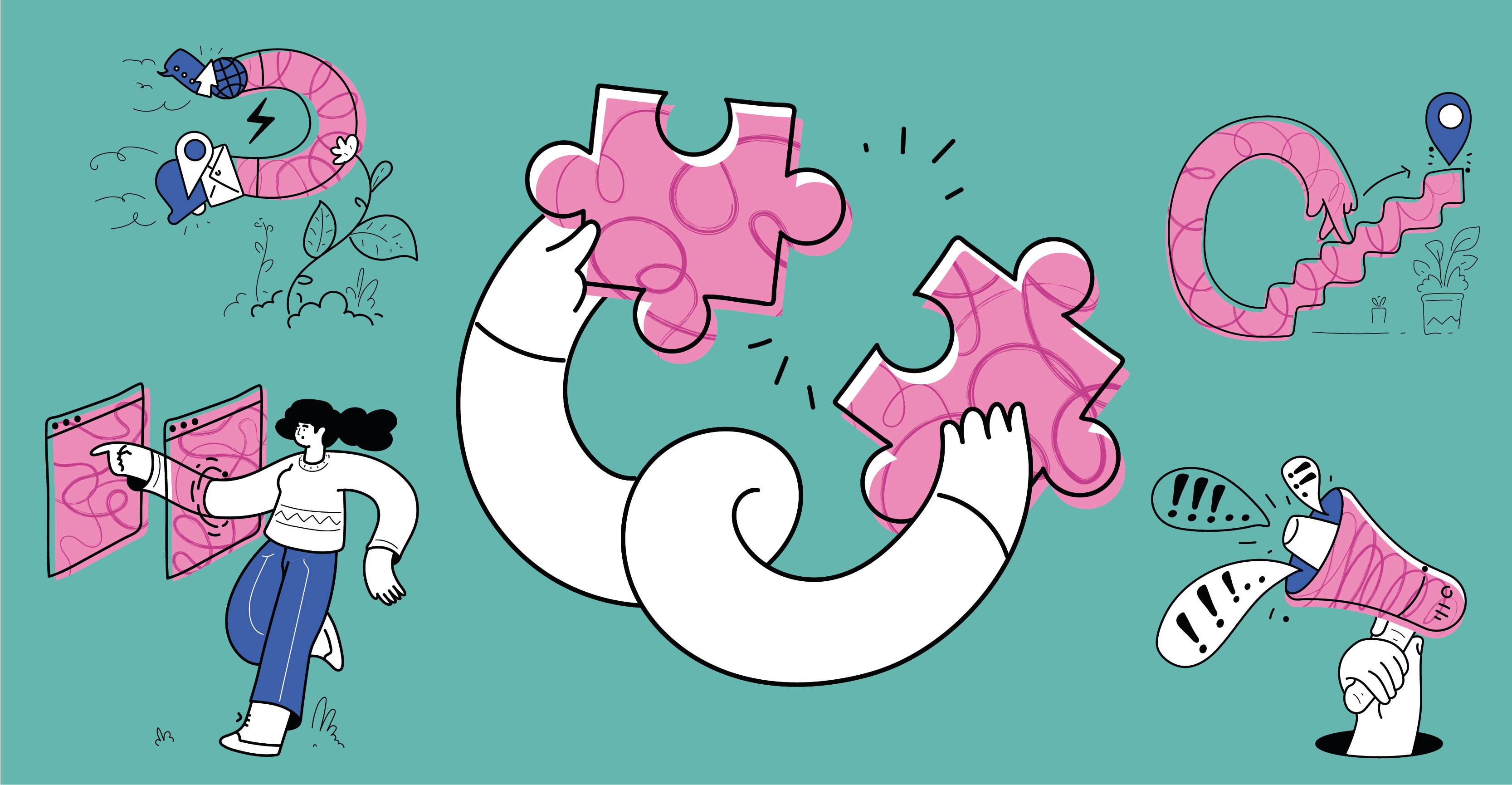Get in touch
New ways of working: How can we design for the changing ways people work?

We are all still adapting to new ways of working. And with this in mind, we must ensure we are working to create a positive work culture both as things change and for the future. A working environment that encourages personal and professional growth and offers opportunities for building meaningful connections must be a priority for companies that wish to thrive.
Why is employee experience so important?
A great employee experience and positive work culture lead to increased engagement, productivity, and talent retention. A Gallup survey found that “employees who are not engaged cost their company the equivalent of 18% of their annual salary”.
The employee experience is key for so many reasons, and companies that can adapt and continue to get it right will reap the rewards. Employee experiences need to be properly designed to ease the shift to these new ways of working. The design should be based on the unique needs of an organisation and its employees. But first, you need to know what’s changed and how and why it matters. We’ll take a look at the recent shifts and what they mean for the employee experience.
What’s changed in the workplace?
Flexible working is replacing fixed routine
Gone are the days of desks and cubicles and a full-time office presence. Employers can no longer expect employees to work entirely in the office and have realised employee performance does not depend on where they work. Rather, how they work is what matters. Companies are therefore now more focused on output.
A good employee experience allows flexibility in working hours and the opportunity for people to manage their own days. People want to find their own personal work/life balance, whatever that may look like. Therefore, employers are leaning towards giving their employees better tools rather than better offices.
Collaborating is replacing communicating
Communication is important, obviously. What we mean by this is that there is a shift in what people need when they go into a physical work environment.
As people work remotely, they want to go into the office to collaborate and have meaningful conversations. They will be looking for connection, rather than just to have a meeting. Employees are finding their own ways to network and share ideas and feedback with their colleagues and their wider work community. This is leading to companies investing in creating deeper connections for employees rather than ‘fancy’ workplaces: a 2022 study into connection at work found that “those who are strongly connected are 75x more likely to be fully engaged at work”.
Building people is replacing managing teams
Good management is now more about mentoring and developing capabilities: great leaders operate with empathy.
The hybrid working model has given employees opportunities to shape their own careers by selecting the projects and positions they want to engage with. Managers need to support and encourage employees to customise their career path and look for situations where they have the right opportunities: there is no one-size-fits-all.
Learning workers are replacing ‘knowledge’ workers
The ability to learn new things and apply them to new situations is crucial to future success. It’s easy to find information these days. Instead of relying on things learned in school, as happened in previous generations, continuous learning is the way forward.
Companies are devising ways to share information and best practices within their organisations through mentoring programs, internal collaboration tools, and face-to-face interactions. Employees should be given the opportunity to share, teach others, and constantly refresh and upskill their knowledge.
Making an impact is replacing ‘doing a job’
One of the consequences of the Covid-19 pandemic was that people are actively looking to work in places that deliver on their values. Previously, people tended to choose the organisations and projects they worked on according to their commercial value. There is now a shift to social value: talent is attracted by the opportunity to make a meaningful impact as well as the salary offered.
A great employee experience and positive work culture lead to increased productivity and better talent retention: the key is making sure you are designing your employee experiences to take account of this shift to the new ways of working. Just like every employee, every organisation has different needs and requirements. At Engine we are constantly learning and adapting. We can help you design a meaningful employee experience and increase talent attraction and retention. If you would like to know more, we would love to talk with you. Please book an initial chat with one of our service design experts.
Great workplace experiences don't happen by accident; they are designed
Thanks to COVID-19 we have all seen or experienced a seismic shift in both the workplace and...The 10 principles for designing people-centred workplace experiences
As the world of work continues to shift and change, we need to design workplace experiences that...Five top UK companies for employee experience in 2022
When the COVID-19 pandemic hit no one could have anticipated that the changes in working practice...Book time with a service design expert.
Discover the transformative power of service design and unlock the full potential of your business. Get in touch with our service design experts today and start improving or innovating your services and customer experience.